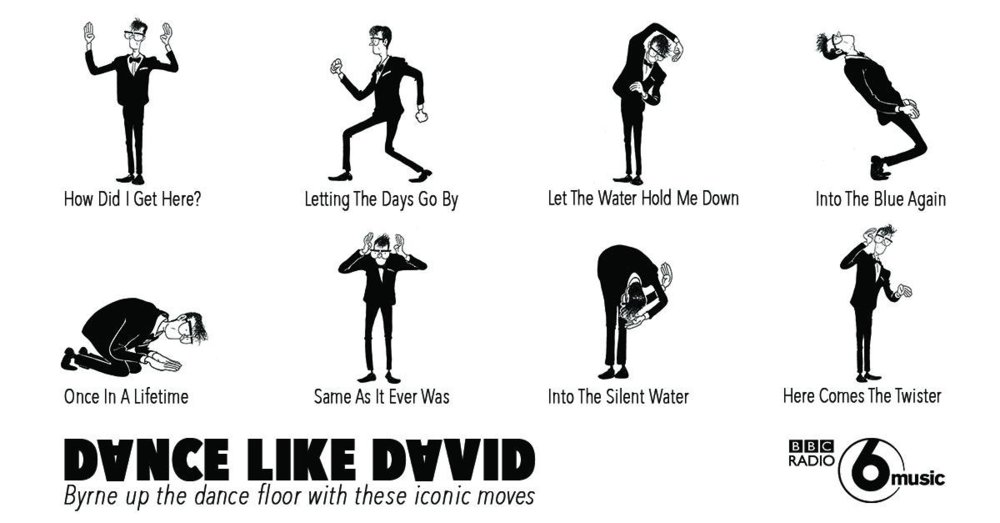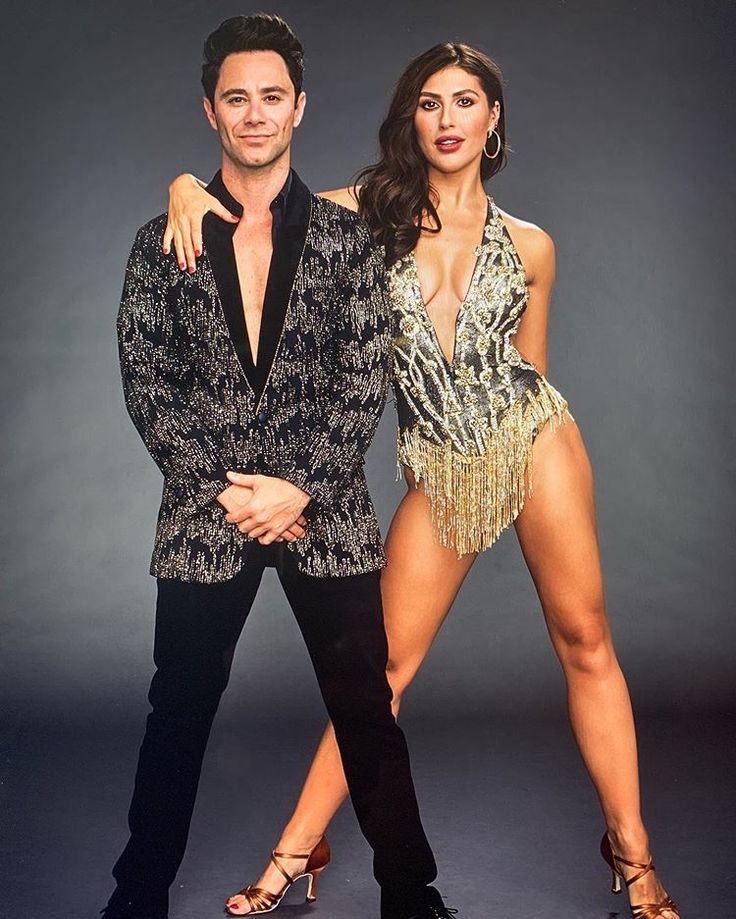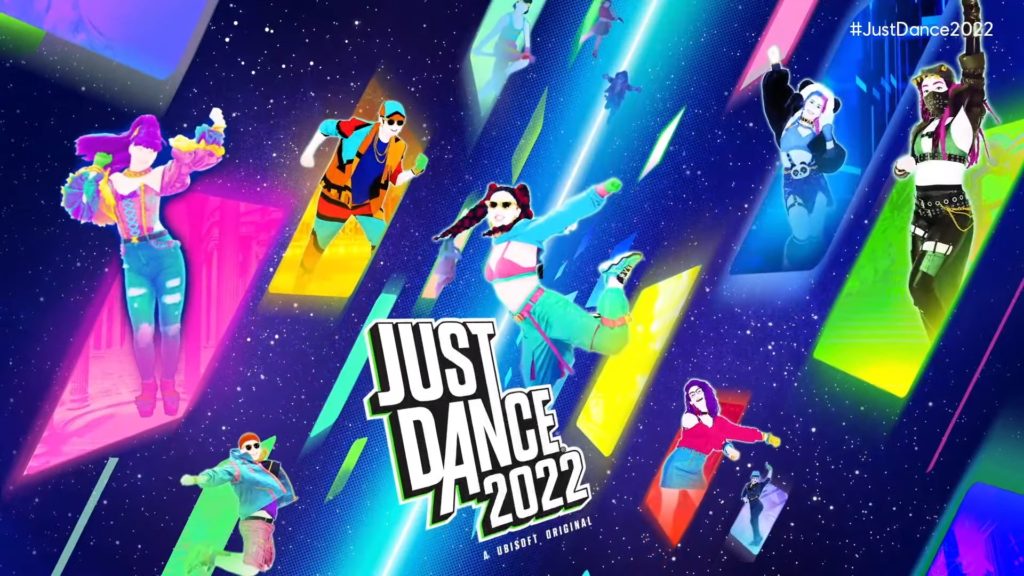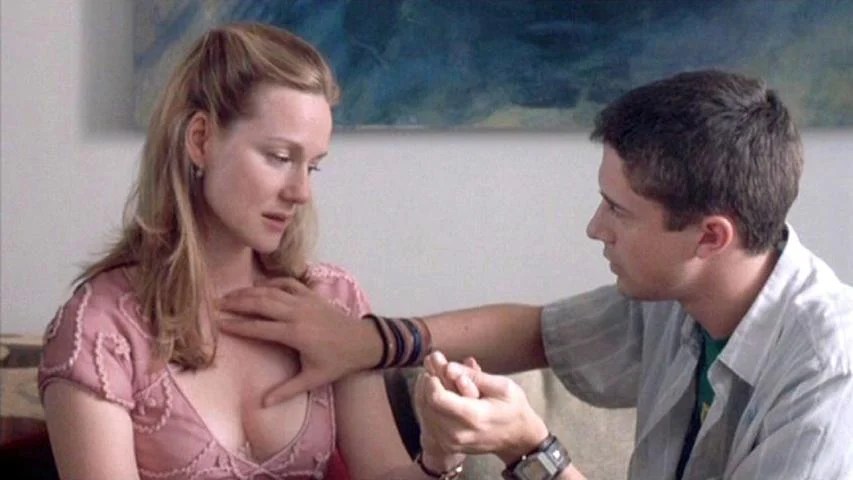How to dance milonga
How To Get Invited To Dance during Milonga
Those attending any Argentine Tango courses or classes will likely come across the term MILONGA at some point.
More often than not, milonga refers to a social dance event or, simply put, a dance party where everyone dances the tango. For the uninitiated, milonga can also mean a faster genre of tango.
In this article, however, milonga will be mostly used to refer to the social dance unless otherwise stated.
You can read more in detail about Tango Codigos HERE, but A post from Siempre Tango provides a brief summary of how milongas work:
● In milongas, music is played in sets of three to four songs, which are collectively called tandas.
● Three types of music are played at milongas: regular Tango music, Vals (also known as vals tango or vals cruzado), and Milonga, which refers to the type of music that’s faster and more rhythmic.
● Between each tanda is a cortina. A cortina, or "curtain," is a snippet of non-tango music that indicates a tanda is over. If a cortina plays, it is the time to sit down or invite someone else for the next tanda. It is also acceptable, in fact, RECOMMENDED to ask someone to dance after a tanda has begun.
Use the cortina to empty the dance floor, and the first song of the tanda, to find your next partner.
● In milongas, everyone is expected to dance a whole tanda with their partner. Breaking a tanda is considered rude or indicates something has gone very wrong.
● It is customary for people to dance multiple tandas with one partner. Assuming that’s the only partner you planning to dance with.
Spending 2-3 tandas in the arms of the same partner will essentially label you as this person’s mate and disqualify you from being invited by anyone else.
● Cabeceo is used to invite someone to dance.
A cabeceo is perhaps one of the most important tango codigos in a milonga. A post from Tango Arizona provides a clear explanation of what a cabeceo is:
"It is the way that people invite and agree to dance together. It is a system of mutual respect and delicacy. Gentlemen invite the ladies from a relative distance by catching their eyes and nodding. If she would like to accept the invitation, she will nod back. If the woman does not want to be invited to dance, she must subtly look the other way or not look his way in the first place. This system ensures that women are not dancing out of obligation and men are not having to have their advances rejected or feelings hurt."
We discuss the meaning of Cabaceo during
Tango Secrets Summit. It is a hot subject and you will find a lot of details.While this system is all about respect, grace, and delicacy, it is inevitable that some women may feel a little frustrated when they are not getting enough invitations during a milonga. It is important to understand that there are certain rules of etiquette in a milonga, though many of them are unwritten.
It is important to understand that there are certain rules of etiquette in a milonga, though many of them are unwritten.
To increase one’s chances of getting an invitation, one must be aware of what these unwritten rules are. Additionally, followers shall be considering the 10 tips discussed below.
10 Tips to Get More Invitations in a Milonga
1. Be ObservantWhile some milongas allow women to take the lead, a traditional milonga in Buenos Aires expects women to assume the follower role. However, this does not mean that women should passively wait for a prospective partner to invite them.
A post from Yang Ningyuan explains:
"A passive woman does not actively participate in the partner selection process. She pays no attention to how men act, who could be her prospective partners, where they are seated, how they invite people to dance, whether they are shy or outgoing, whether they use cabeceo or verbal invitation, etc.
She just sits there chatting, eating, browsing, or waiting passively for someone to come to invite her.”
“In contrast, an active woman is a good observer first. She pays attention to men, observes their behaviors, identifies proper matches, locates their seats, and familiarizes herself with their invitation styles, so she can take action to catch their attention, or be prepared to respond to their move."
In this case, it is possible that one is not receiving enough invitations because one is not paying attention.
Play an active role in the partner selection process and see how many more invites you can attract.
2. Dress AppropriatelyIn beginner tango classes or practicas, it is fine to dress casually. However, one is expected to dress appropriately in milongas. This doesn’t mean being showy or flashy.
Keep in mind that a milonga is a social event and one’s outfit matters not only in terms of appearance but also in terms of how one moves on the dance floor.
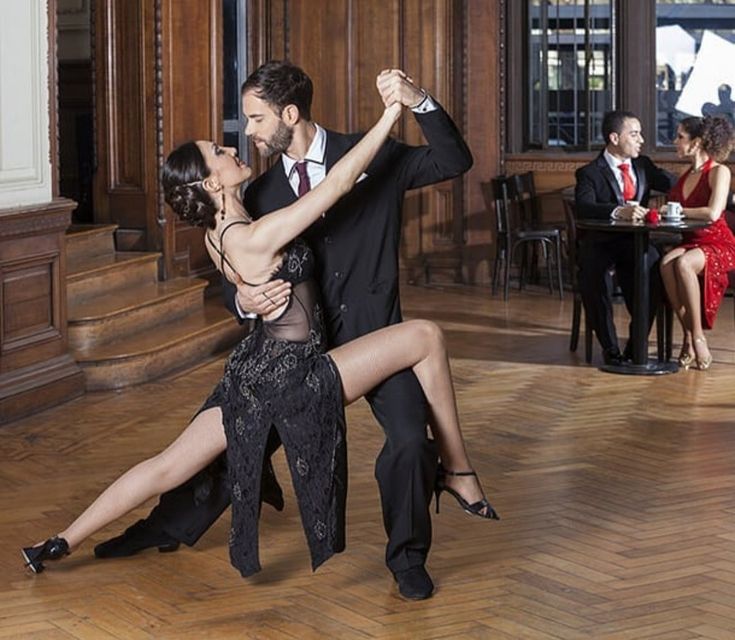
A post from Tango Concept explains: "For a milonga, dress up a little. You cannot go wrong with black; tango is an elegant dance. For a practica, dress comfortably and sensibly. Be tasteful; avoid displaying any body parts that are not generally acceptable in public. Wear shoes with heels to help properly distribute your weight forward; they should also allow you to turn on the ball of your foot with ease. This applies to gentlemen as well. If you wear accessories or jewelry, make sure they do not turn into assault weapons while dancing."
3. Be Available and ResponsiveIn addition to being an active participant in the partner selection process, it is important for women to become available and responsive. In some cases, women fail to notice that men are already doing the cabeceo, giving the impression that they are not receiving enough invitations.
A post from Yang Ningyuan explains what to avoid:
"
Don't occupy yourself with things that may prevent men from inviting you, such as chatting, eating, reading, talking on the phone, sitting with a boyfriend, cliquing, being unchanged, wearing non-tango shoes, etc.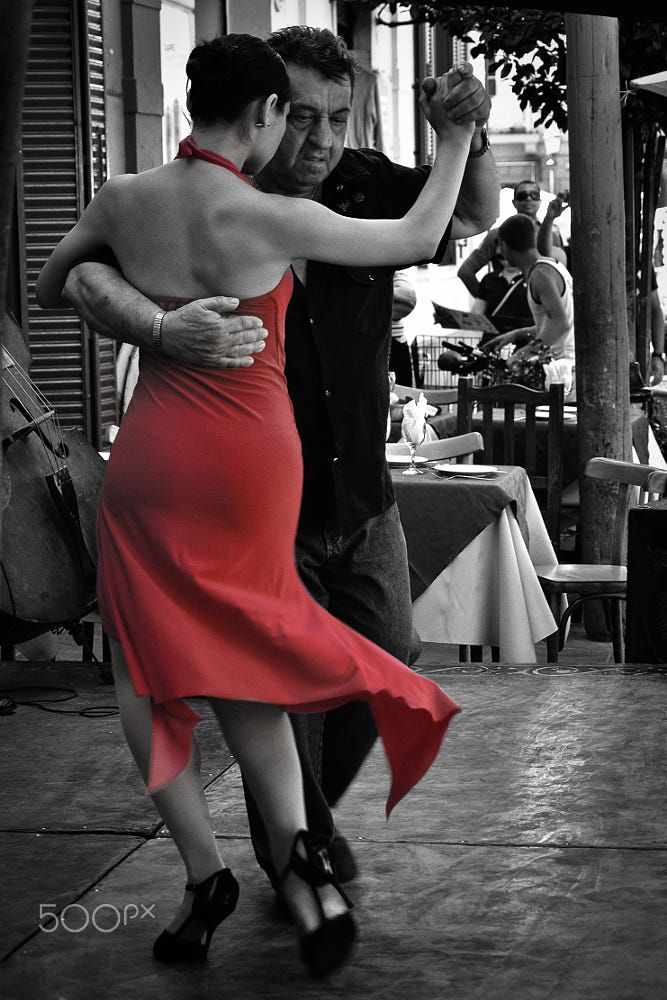
Instead, let men see that you are available and ready. Pay attention to men who are watching you, and be responsive to their cabeceo."
4. Put Aside Your EgoThis tip is aimed primarily at western women, who have a totally different culture than Argentine women. While cultural diversity is always welcome in tango, it is important to understand that in a milonga, the right attitude counts.
Yang Ningyuan describes cultural differences and explains how they can affect one’s chances of getting invitations:
"In the milongas of Buenos Aires, when a man approaches a women's table, every woman at that table will look at him until they find out whom he is inviting. In the US, however, women have a different attitude. They sit there wearing a blank face and ignore the man until he has to verbally ask one to dance.”
Brought up in a culture that teaches women to be restrained, to keep a distance from men, to avoid intimacy, to not give men ideas, to let men chase you and not submit yourself too easily, this kind of attitude is understandable. But if you act like a newbie at the milonga, your chances of being invited are slim.
But if you act like a newbie at the milonga, your chances of being invited are slim.
5. Respect Your Partner at All Times“Women, especially young women, should not confuse tango with courtship. What the world taught you may not work in the milonga, where men approach you to dance with you, not to steal your heart. In the milongas, you need to learn from the little children who are not ego-driven but pure in heart and can easily get along with other children."
It goes without saying that respect must be exercised at all times. Keep in mind that if other leaders realize that you do not respect your partner, you may not get many invitations.
[A partnership in tango is] not an invitation for inappropriate behavior. Be sensitive to your partner’s comfort level with their personal space.”— Tango Concept (TangoConcept.com) 6.
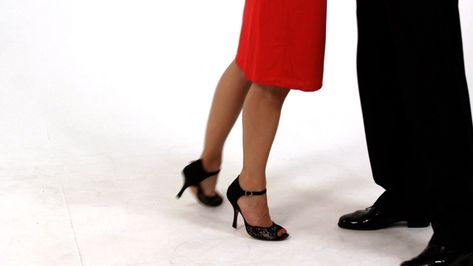 Never Correct Your Partner on the Dance Floor
Never Correct Your Partner on the Dance FloorOne must always remember that a milonga is not a practica.
Thus, tango lessons must be kept exclusively in practicas and never discussed in milongas. Similarly, one decreases their chances of being invited if they solicit advice, corrections, or instructions in a milonga.
7. Do Not ShowboatWhile one may think that being striking is what would get them more invitations in a milonga, nothing could be farther from the truth.
In fact, as Tango Arizona remainds:
”In traditional milongas, showboating in the middle of the floor (or anywhere else) is not a particularly respected activity. “
“In a social context, it is generally believed that tango is danced for yourself and your partner only — not for an audience”.
“Social tangueros dance for each other and what they are creating. They do not diminish their dance by using it in the service of their egos. "
"
Thus, one should avoid drawing too much attention to oneself with exotic attires or unconventional dance moves. As stated by Yang Ningyuan:
8. Complete the TandaRemember that social tango, "the communication of feelings, not the display of styles."
As previously said, everyone is expected to complete the tanda with their partner. If one is in the habit of breaking a tanda, one will not get too many invitations to dance.
A post from Vio at tangoforge.com explains: "Generally, once we have agreed to dance, we complete the tanda (or three or four dances) with that person. It is considered rude not to complete the tanda. We do not break the tanda because of the person’s dancing skill. Generally, sweatiness and other discomforts that are simply a result of being close to another person is accepted in tango, and we do not break a tanda for these kinds of discomforts."
Vio (Tango Forge) shares even more during the interview for Tango Secrets Summit
The same post further explains that it is important for one to "tolerate the situation with grace.
Whatever you do, try not to frown too obviously and by all means don’t roll your eyes or make faces at your friends.
Other potential partners will notice your rudeness and are sure to wonder if you do the same thing while dancing with them."
9. Know What "Thank You" MeansWhen one does successfully get an invitation to dance and one has thoroughly enjoyed the tanda with their partner, keep in mind that the phrase "thank you" is perceived differently in milongas.
A post from Tango Forge explains the definition of "thank you" within the context of a milonga:
"If you enjoyed the dance, you may be tempted to say, ‘Thank you.’ These words will be interpreted as ‘I’m done dancing with you and I will now return to my seat,”
“So THANK YOU should be saved for the end of the tanda. Instead, say something pleasant like ‘that was nice’ or make a friendly comment about their dancing style. "
"
Knowing how to gracefully decline an invitation is just as important in trying to get one.
Those new to milongas may find this awkward or tricky, but there is a polite way to decline someone’s invitation to dance.
A post from Tango Concept explains: "It is not an offense to sit out a song or two.”
Sitting out a song means never to accept another invitation for the same song that you have declined from someone else.
The best way to decline an offer is to not get one in the first place; stay engaged in activities, like a conversation, that deter others from asking.
Holding someone’s neck, like demonstrated here by Hernan and Anita from Ultimate Tango, also has the meaning. It states - this person is mine and don’t you dear inviting him/her. So - there are consequences of letting someone unknown holding your neck…
So - there are consequences of letting someone unknown holding your neck…
It Starts With a Connection
Like many aspects of tango, getting invited to dance in a milonga starts with a connection between two people.
Tango is all about sensing what is being said and what is not, both of which are just as important in forging connections between two prospective partners.
Thus, one must be sensitive to one’s surroundings and how one projects themselves to spark someone’s interest or gracefully decline an invitation. Achieve balance and exercise respect on the dance floor at all times.
Learn about Argentine Tango
Signup to get our most current articles, info about classes and events, and special deals!
Argentine Tango, Beginner Tango, Tango Knowledge, Tango performance, Tips for dancing, Tango Psychology, Tango Secrets, Milonga CodigosAnita Flejtertango music, tango musicality, la cumparsita, codigos
0 Likesthe 5 differences between tango and milonga – Tango Classes in London
Ah, the milonga tanda….
For some of us it’s the best moment of the night, for others it is time to hide and despair at how complicated dancing can be….
If you’re in the latter case, we know how you feel.
Starting out, the milonga tandas were the moments I’d glue my eyes to the floor praying that noone would invite me. And for Pablo, they signalled it was time for a toilet break. Yet now, after years of dancing, milonga is our favourite tanda.
Because actually, milonga is pretty simple to dance…. once you’ve understood a basic truth: Milonga and Tango are not the same dance!
Definitely not.
Don’t be tempted to step on the dance floor and adapt your tango moves to the milonga rhythm, it won’t work.
True, tango and milonga look similar to the untrained eye but they are definitely not the same dance. In fact, there are 5 major differences between tango and milonga.
Here at Tango Space, we recently organised a 3-part milonga worshop students loved, and the focus was on these 5 elements.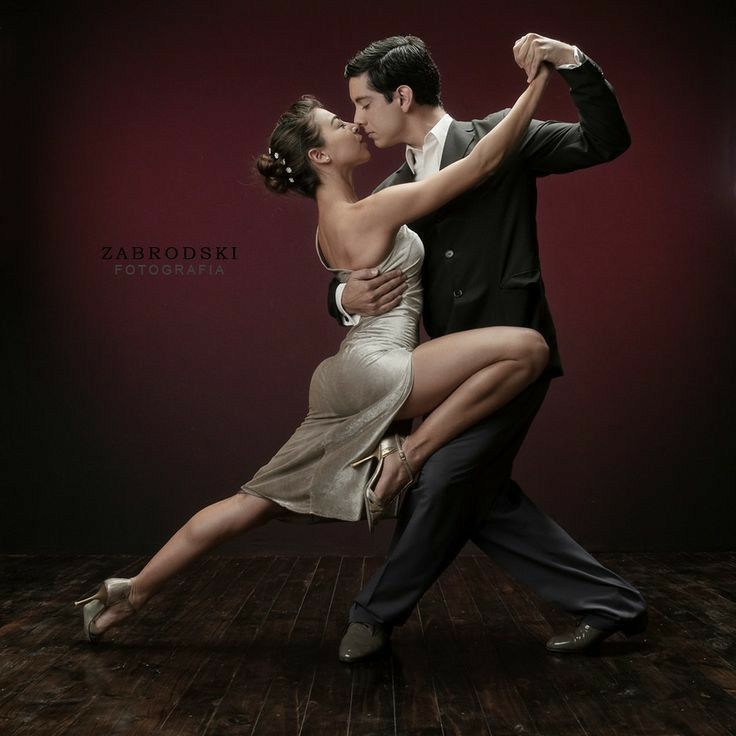
Nail them, whether you are a leader or a follower, and you are ready to dance….
1. Your embrace should be tighter
Milonga is so precise and sharp that you need a very tight embrace to dance it. It doesn’t mean you should crush your partner’s ribs or prevent them from breathing, but make sure that your embrace is tighter than for a tango. Also, in milonga we rarely (if at all) open the embrace. When we do, it is more of a slight release than an opening.
This is Osvaldo and Coca Cartery dancing milonga. Check out their embrace: that’s the type of ‘tightness’ you want.
2. Make smaller steps
Tango music invites you to take long, powerful steps. By contrast, the milonga rhythm is fast and sharp. If you make the long steps you are used to in tango, you won’t be able to keep up with the milonga music. The steps should be very small (women: if you think you’re doing small steps already… do them even smaller!), and just below yourself. You’ll move forward, obviously, but there’s no need to travel all the way across the dance floor as we do in tango.
You’ll move forward, obviously, but there’s no need to travel all the way across the dance floor as we do in tango.
3. Your keep your axis in the middle
When you step in tango you are completely transfering your weight: your axis moves from point A to point B, from above one leg to above the other leg. So once your step is finished, you align your axis and your legs.
In milonga we keep the axis in between our legs. The legs move but the center of gravity stays in-between the legs. We don’t fully align axis and legs.
See in the picture below how the axis is moving forward when the tango dancer steps? For milonga the axis remains in-between the legs: the legs that move around the axis.
4. Tighten your upper legs
In Milonga the physicality of the body changes completely.
In tango classes we always tell our students to relax the hips, soften the knees and use the whole of the feet’s soles to soften their walking.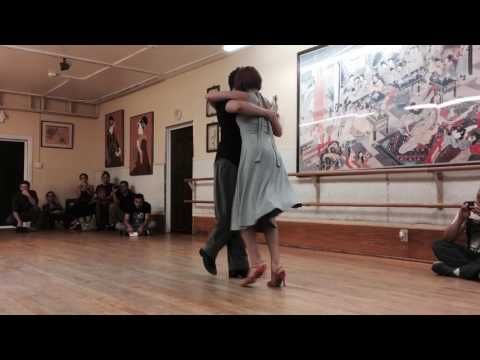
That’s not the feeling you should be looking for in milonga. Everything, including the body, is much tighter. So, you don’t want to be extra tensed, but you can’t let your hips and upper legs get floppy.
Keep your knees soft but make sure that your upper legs are tightened – that includes your front of the thighs (quadricep muscles – rectus femoris, vastus lateralis, vastus intermedius, vastus medialis), the inner muscles (adductors) and the back muscles, just below your bottom (biceps femoris and semitendinosus – commonly called hamstrings muscles). As in tango, your pelvic floor and core muscles should be activated too, so the center part of your body will be very tight. We wrote about core muscles in the past, and you can check out the article here.
In the images below, the adductor muscles are in blue, the quadricep muscles are in green, and the two hamstring muscles referred to here are in red (semimembranosus is also part of the commonly called hamstring muscles)
5.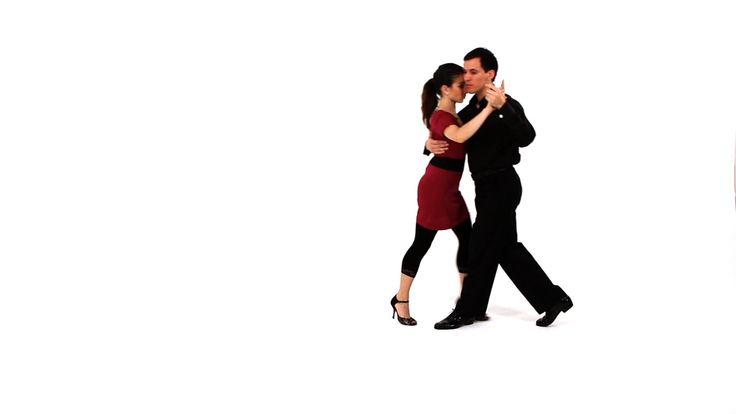 The way you step should be different
The way you step should be different
When you dance milonga, your relationship with the floor changes.
Don’t forget: milonga is a popular dance. It was created by compadritos as a mockery (or probably more out of envy….) of the African people dancing in the Rio de la Plata at the turn of the past century. It has never been supposed to be soft and graceful.
Because your legs are tighter, you will step differently when dacing milonga than when dancing tango.
Tango walking is soft, elegant. You slowly transfer your weight across the whole solde of foot: first the on toes, then the metatorsals, then on the heels for the ladies. First on the heels, then the metatarsals, then on the toes for the men.
By contrast, the milonga walking is choppy and staccato, like its rhythm. You don’t have the time to unroll the foot. Because everything, from the music to your embrace to your legs is tighter, you need to step quickly, very precisely. The way you transfer your weight should be more compact.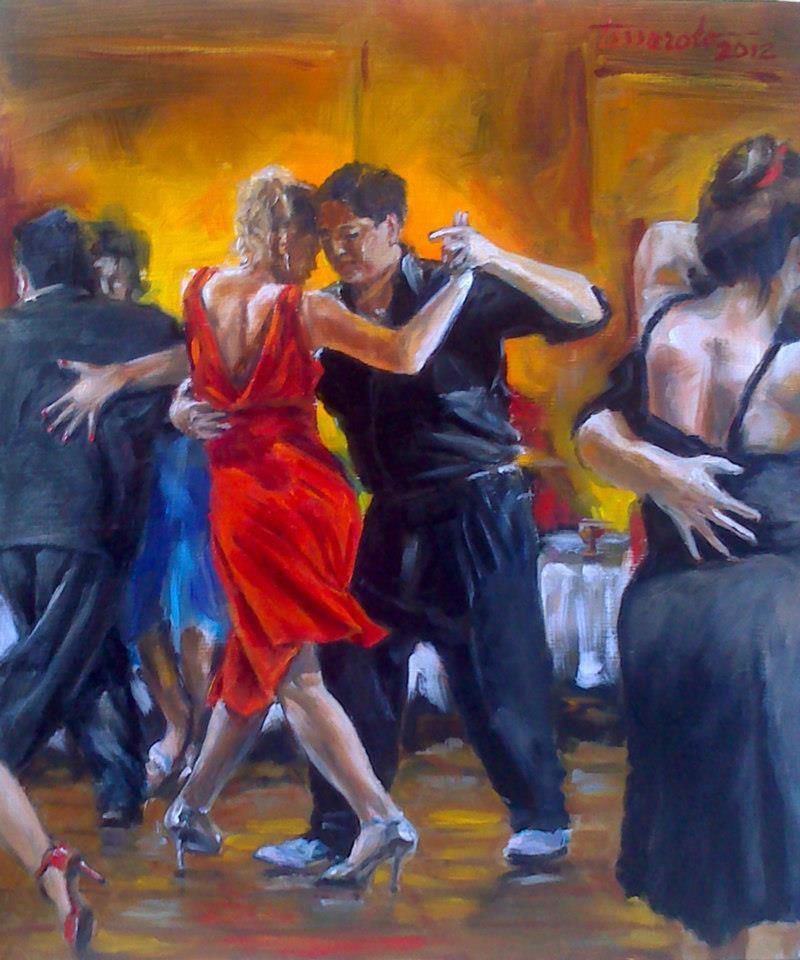
Check out how Osvaldo is doing in the gif below!
With all this in mind, you should find the transition from tango to milonga easier.
Now, how will you know that you’re truly dancing milonga?
There’s one sign that doesn’t lie…
You’re smiling….
Don’t worry too much when you step on the dancefloor. Keep the serious face for the deep, soulful tango tandas and let the milonga’s cheeky spirit get to you. Milonga is playful and when you dance you should feel like you’re truly playing with your partner.
And if that doesn’t bring a smile to your face… what will?
Do you have any more tips for people who want to improve their milonga skills? Share them in the comments below!
Happy, playful milonga tandas!
Anne
Are you ready to take your tango to the next level?
Improve the quality of your dancing with our online tango course:
5 weeks to find power and elegance in the embrace
Rules of conduct in the milonga / Argentine tango school El Gato Tango
Milonga party where tango is danced.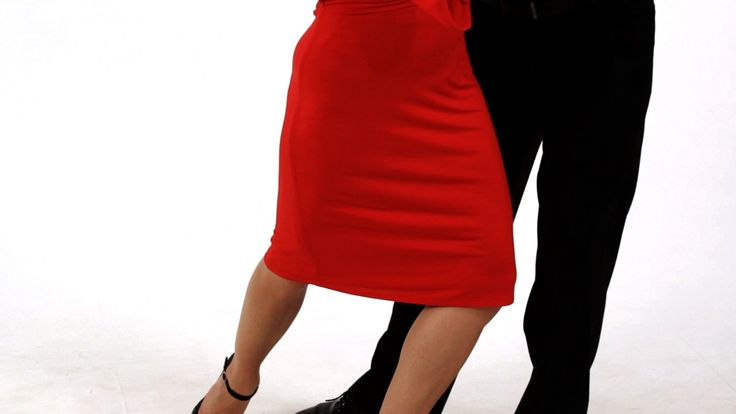 Let's repeat that music is put tandami , between which put cortinas - a break between tandas, which signals the end of the tanda. If you invite someone to dance and they agree, it is assumed that this is an invitation to the whole tanda, and during cortina, you can disperse and invite another partner. Cortinas are unique for every DJ. No need to dance during cortin is not received. Well, of course, when the tango melody ends, you need to stay.
Let's repeat that music is put tandami , between which put cortinas - a break between tandas, which signals the end of the tanda. If you invite someone to dance and they agree, it is assumed that this is an invitation to the whole tanda, and during cortina, you can disperse and invite another partner. Cortinas are unique for every DJ. No need to dance during cortin is not received. Well, of course, when the tango melody ends, you need to stay.
In Argentina, men invite women to dance with their eyes - cabeceo , a certain look, head movement to the side dance floor or a smile that says "Will you dance with me?" it can occur across the room if the eye is caught. If a woman wants accept the invitation, she smiles back, and continues to look at him, while while he approaches her. The slightest glance to the side is usually interpreted as a signal: "I changed my mind and don't want to dance." Because we participate in this Argentinean art form, the practice of inviting the gaze dance is respected to some extent.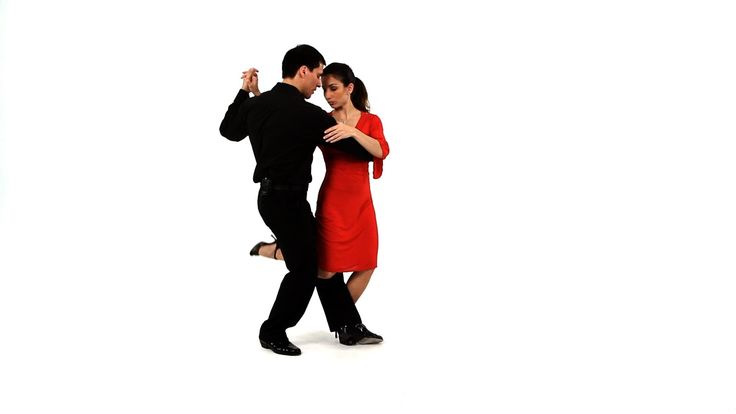 In many areas of the world, however, you can invite to the dance by directly approaching the lady. To to accept the dance is enough just to say yes. You can make it yours eyes keep an eye on people who use cabeseo, or take direct invitation. If you're taking a dance, remember that it's probably will last for the end of the tanda, which can be three or four songs if you start at the beginning. If one of you decides that one or two dances enough, anyone can just say "thank you" and start walking away with dance track. As soon as you say "thank you" to someone in a polite manner, the dance with this person is over.
In many areas of the world, however, you can invite to the dance by directly approaching the lady. To to accept the dance is enough just to say yes. You can make it yours eyes keep an eye on people who use cabeseo, or take direct invitation. If you're taking a dance, remember that it's probably will last for the end of the tanda, which can be three or four songs if you start at the beginning. If one of you decides that one or two dances enough, anyone can just say "thank you" and start walking away with dance track. As soon as you say "thank you" to someone in a polite manner, the dance with this person is over.
Try not to walk across the dance floor to interfere with the dancers. Cross the hall edge of the dance floor, not directly. Remember that tango is danced counterclockwise arrows. If a couple has stopped ahead of you, you should also stop and dance a little in place until space is freed up, or you can try to carefully bypass this pair. Accordingly, if space is freed up in front of you, then try to move forward and not stop so as not to create traffic jams.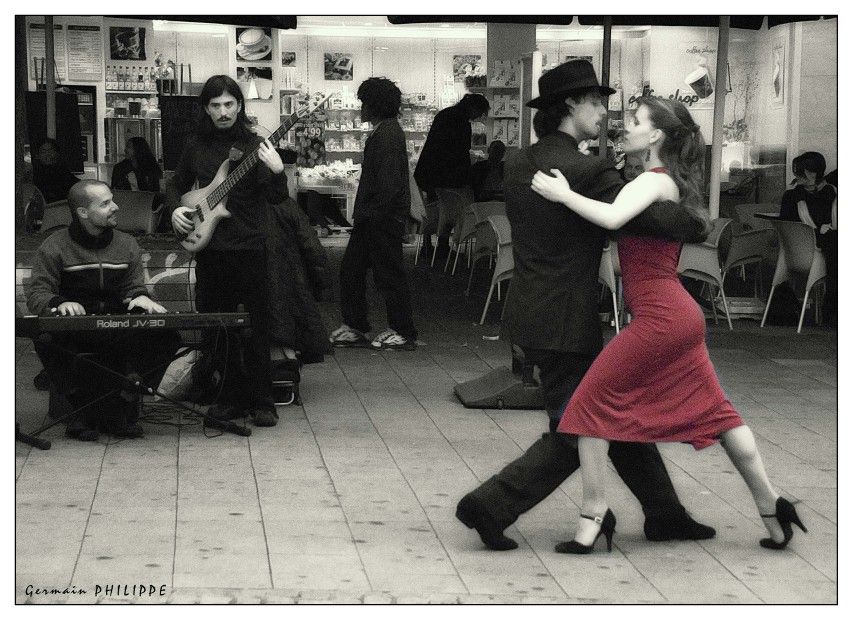 It is not customary to take steps in milongas back (this is about the steps of the partner), thus moving against the general movement dance floor. Usually you can take one step back, but even then only if you are sure that there is no one behind you. However, just in case, to save legs of your partner, we advise you not to approach the couple in front of you closely and try to keep a distance of at least half a meter. It will help you avoid from a collision if you see that the couple in front of you suddenly began to move back. If you hurt someone or there was a collision, immediately apologize, do not it matters who is to blame. This applies to partners, as they are responsible for the direction your couple.
It is not customary to take steps in milongas back (this is about the steps of the partner), thus moving against the general movement dance floor. Usually you can take one step back, but even then only if you are sure that there is no one behind you. However, just in case, to save legs of your partner, we advise you not to approach the couple in front of you closely and try to keep a distance of at least half a meter. It will help you avoid from a collision if you see that the couple in front of you suddenly began to move back. If you hurt someone or there was a collision, immediately apologize, do not it matters who is to blame. This applies to partners, as they are responsible for the direction your couple.
If you like to dance with each other, then dance as much as you like, even for 3 hours, but this will mean for everyone that between you something more than just a dance and you are unlikely to be invited, at least least on the same evening. Usually danced, 1-2 tandas.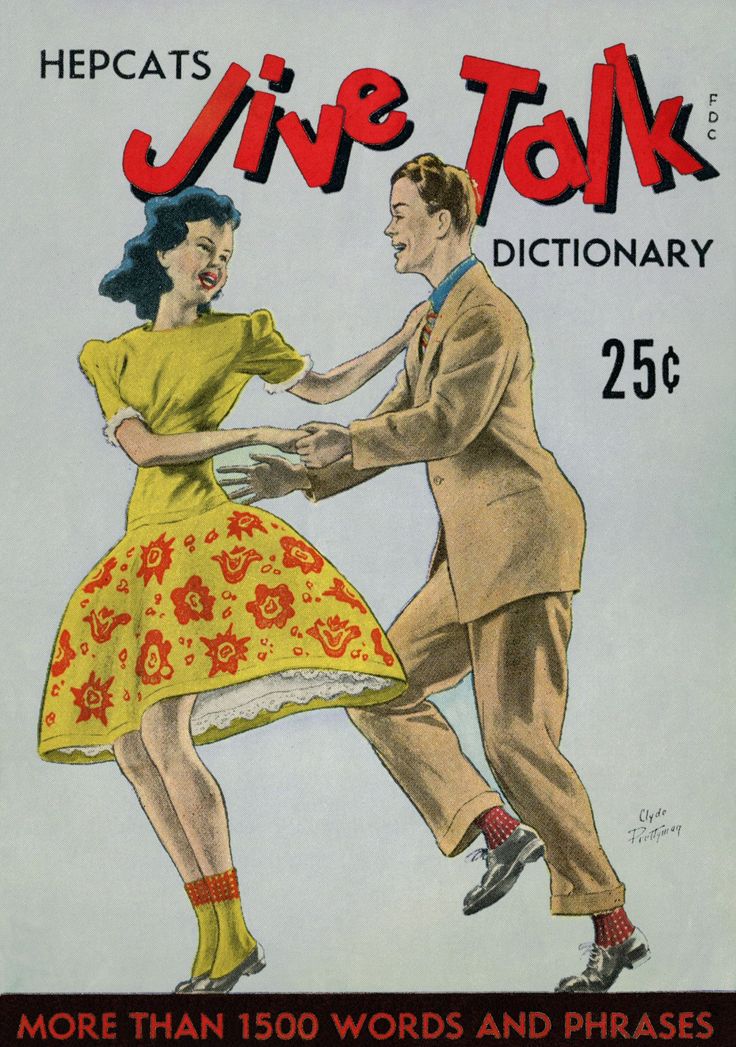 When do you want to finish dance, say thank you and you can leave the station floor. It is desirable to carry out the girl to where you invited her from or to her table. If you don't liked to dance with each other, then the partner is recommended to dance at least 2-3 dances with a partner, and with a partner at least 1-2 dances before say thanks".
When do you want to finish dance, say thank you and you can leave the station floor. It is desirable to carry out the girl to where you invited her from or to her table. If you don't liked to dance with each other, then the partner is recommended to dance at least 2-3 dances with a partner, and with a partner at least 1-2 dances before say thanks".
Partners, if some girl suddenly refused you, then you should not go to the same a second to try to invite another girl sitting next to him. Another girl might just be offended, because initially you wanted to dance not with her, but with her invited only because the first girl refused you. Few people are you will like it and most likely you will be refused again. In general, if you have someone refused, then you should wait for one or two tunes and then feel free to invite other girls. A typical scenario: a woman in a milonga is sitting at a table, a man comes up and invites her to dance. Instead of refusing him for good, she says "no, not now", refers to fatigue, the need break, waiting for a friend, etc. The guy does not leave, but SIT NEXT TO HER and waiting for her to agree to dance with him. What happens is what I call "babysitting". When someone says "no" to you, it means that for some the time you must retreat.
The guy does not leave, but SIT NEXT TO HER and waiting for her to agree to dance with him. What happens is what I call "babysitting". When someone says "no" to you, it means that for some the time you must retreat.
"No" means "Not for a while". However, if you are denied, you cannot make a second attempt at the beginning of the next tanda! Only when 2, 5, maybe 7 tandas will pass, you have the right to invite this person again to dance. It may well be that the person who refused you, if he had weighty then, he himself will come up to you and offer a dance. Gentlemen, if you you go to the lady and see how she, noticing you, quickly turns away, bends down to adjust the strap on his shoe, starts rummaging through his purse, it means SHE DOES NOT WANT TO DANCE. If she suddenly gets up and goes to the bathroom, don't chase her, don't stop her by the shoulder with the thought that, maybe she didn't notice you. If she notices you and does not look away, or smiles, or raises a hand in greeting, or simply looks very satisfied that you are going to her, then feel free to invite her! You can also just look around to determine who is ready to dance at the moment. If a people stand or sit next to the dance floor, follow the dancers or look around looking for potential partners, they most likely will not refuse an invitation. If the girl has already changed her shoes or taken off her shoes, you should not invite her.
If a people stand or sit next to the dance floor, follow the dancers or look around looking for potential partners, they most likely will not refuse an invitation. If the girl has already changed her shoes or taken off her shoes, you should not invite her.
If women begin to use their power of refusal, partners will seriously work on improving the quality of dancing and your technique. If we let mediocre leaders dance with great followers and vice versa with no matter how they should develop. I'm not saying that you shouldn't dance with newcomers. Everyone should give one or two milonga dances to a beginner as a kind of "community service" in order to make them feel that they are happy here. But between a beginner and a bad dancer who is not even going to study, there is a difference. Each milonga has several guys who, even though they dance for quite a long time, but literally rape partners without even realizing it. However, in the milongas categorically not accepted to teach.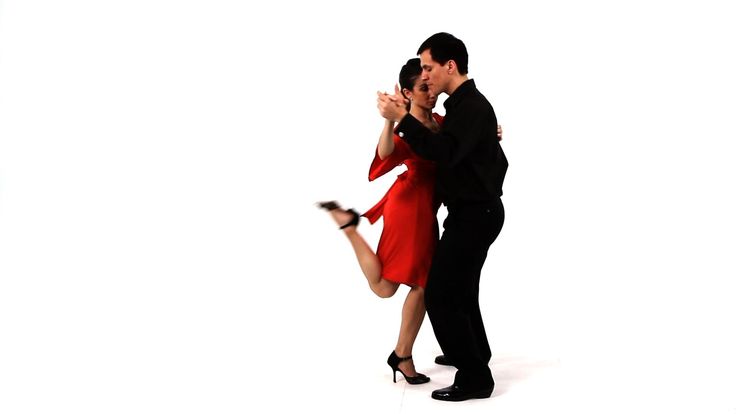 If someone made a mistake, then you, not paying attention, just keep dancing. If suddenly, during the dance, an unfamiliar person begins to teach you you are a man, and you didn’t ask him about it, then say after the dance “Thank you”, finish the dance, period. At milongas it is customary to dance and receive pleasure, and teaching at milongas is categorically not accepted, and everyone knows this good teachers, so most likely you just encountered an incompetent person, and not with a teacher.
If someone made a mistake, then you, not paying attention, just keep dancing. If suddenly, during the dance, an unfamiliar person begins to teach you you are a man, and you didn’t ask him about it, then say after the dance “Thank you”, finish the dance, period. At milongas it is customary to dance and receive pleasure, and teaching at milongas is categorically not accepted, and everyone knows this good teachers, so most likely you just encountered an incompetent person, and not with a teacher.
Some may think it's old fashioned, but I think it's pretty cute: addressing a couple of dancers who are married or dating and inviting one of them to dance, ask permission from the other. So you show courtesy and express recognition of the second half. To Unfortunately, rudeness occurs in milongas, so it's better to be pleasant exception.
Milonga and rules of conduct at tango evenings
Contents
One of the most popular dances in the world is the tango. Argentine tango allows you to demonstrate a lot of emotions, and the movements are accompanied by a bewitching sensual melody. For connoisseurs of tango all over the world, special milonga parties are held. At such dance evenings you can demonstrate your skills, chat with like-minded people, try your hand with different partners.
Argentine tango allows you to demonstrate a lot of emotions, and the movements are accompanied by a bewitching sensual melody. For connoisseurs of tango all over the world, special milonga parties are held. At such dance evenings you can demonstrate your skills, chat with like-minded people, try your hand with different partners.
What is milonga?
First, let's understand what a milonga is. This is not only the name of the party, but also a dance of Argentine-African origin, which, according to some versions, was the forerunner of modern tango. Milonga as a dance has the following features: fast tempo and beat 2/4 or 4/4. This cheerful, one might even say mischievous social dance, is in fact a kind of modern tango, with similar principles. But he also has his own styles:
- Milonga fox. A feature of the direction is the rhythm of one step per beat.
- Milonga traspi. This version of the dance is a little more complicated. Within its framework, acceleration and deceleration in relation to the main tempo, interrupted steps and other complex techniques are practiced.
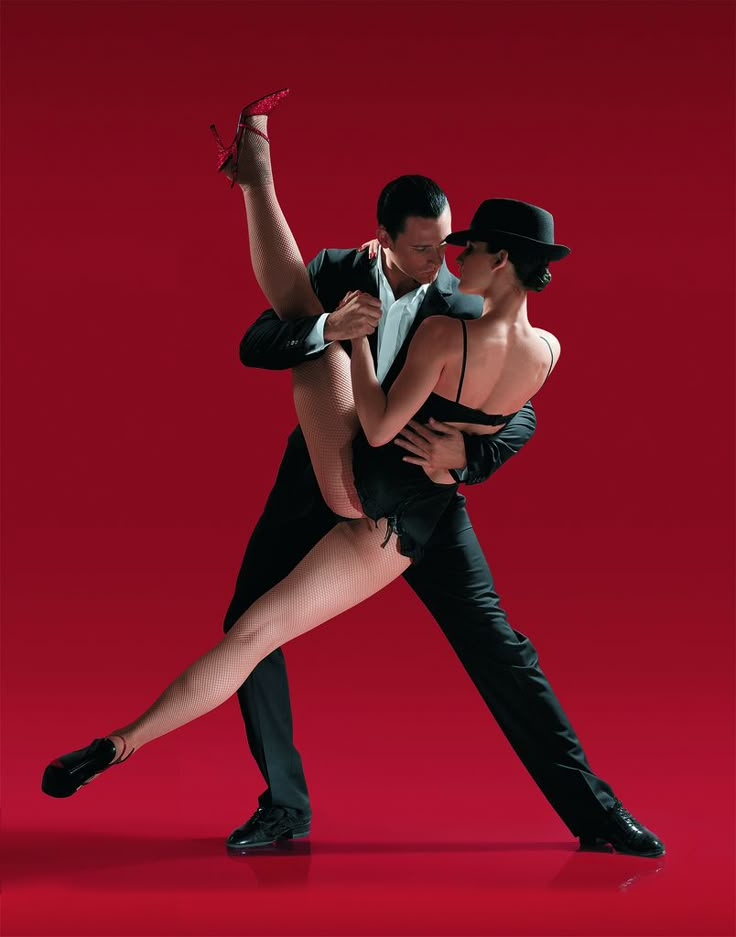
Milonga originated in the second half of the nineteenth century in Argentina. Initially, it was a street dance of the poor, which was danced at parties and holidays. By the middle of the 20th century, the milonga had practically merged with the Argentine tango.
Now back to parties called milongas. The events bring together people who love Argentine tango and want to spend time dancing with like-minded people. The parties have developed their own etiquette and have their own rules that all dancers adhere to. No matter where in the world you find yourself in a milonga, following the codigos, the unspoken rules of tango dancers, will help you.
How the milonga works
Previously, separate seats were provided in the hall for ladies and gentlemen, opposite each other. Seating is now free. When potential partners sit opposite each other, it helps to establish eye contact and invite the lady to dance. Those who come with their couple or company can stay together in modern realities, but keep in mind that dancing at the milonga only with your partner or partner is bad manners.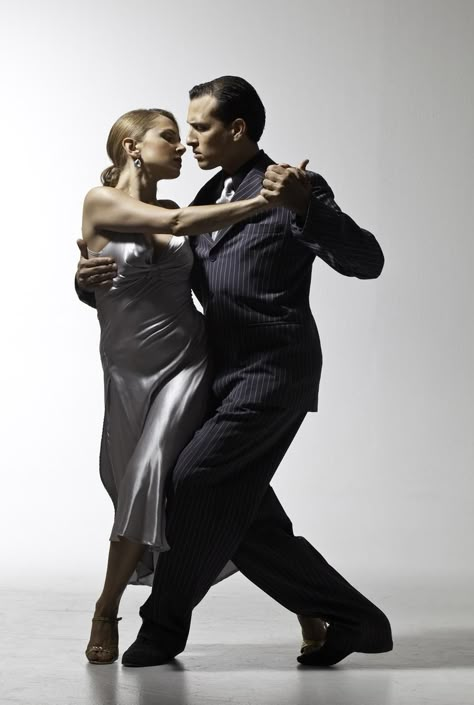 The main point of the party is that partners are constantly changing, this allows you to dance with different people, each new partner will be unique, you can dance with both aces and beginners, this allows you to improve your own level and support beginner dancers.
The main point of the party is that partners are constantly changing, this allows you to dance with different people, each new partner will be unique, you can dance with both aces and beginners, this allows you to improve your own level and support beginner dancers.
Tango is played in blocks of 4 compositions, called tandas, and according to the rules of the milonga, after each tanda, the couples must change. Between the tandas there is a break called cortina, at this time music in a different style will sound, and tango is not danced to it, this is the time to take a break and choose with whom to go dancing the next tanda.
In the milonga, they always dance counter-clockwise around the perimeter of the hall. This is called a ronda (circle), there can be several such rondas (a smaller one inside a larger one). The steps are small, the elements are moderately compact, taking into account the free space in the hall. Such rules are necessary so that couples do not collide and interfere with each other when the dance floor is full.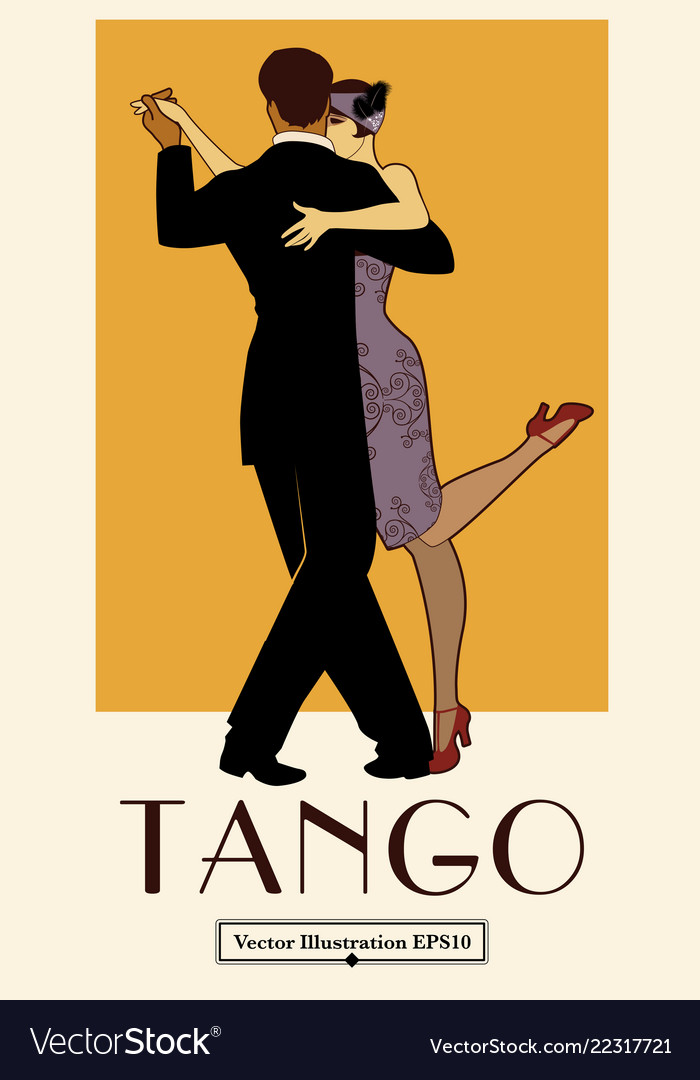
How to properly invite to a dance or refuse an invitation
Inviting a partner is one of the important elements of codigos. The tradition developed in Argentina when the first dance clubs had just begun to appear. The gentleman catches the lady's eye and invites her to dance with a nod of his head (makes a cabeceo). If the lady agrees, she will give a sign, with a nod or with her eyes, then the partner can already stand up, approach the lady and give her a hand. In the case of a lady, this is a mirada, i.e. an interested look directed at a potential partner.
This tradition did not appear by chance. At the first Argentine milongas, there were significantly fewer ladies than gentlemen, and the rules of decency are quite strict. The nod-glance “cabeceo” is an opportunity to invite a lady and get consent or refusal unnoticed by other party participants. In this way, embarrassment can be avoided if a partner or partner is not ready to dance with you at the moment.
Sign up for a trial lesson
It is believed that the gentleman invites the lady to the whole tanda. Having accepted the invitation, the lady should dance with her partner all 3 or 4 dances, it is impolite to interrupt the dance after the first or second melody. If the partner is not at all suitable for you, then come up with a “good” reason that will allow you to interrupt the tanda without offending him. As a last resort, refer to the callus from uncomfortable shoes. However, inappropriate behavior, inadequate condition or complete inability to dance (both gentleman and lady) may be grounds for interrupting. Fortunately, the milongas are mostly intelligent, well-mannered people, and such situations are rare.
Also keep in mind that after each dance you don't have to thank your partner. The word "thank you" after the first or second tango in a tanda is considered a refusal to dance further.
The gentleman must also not interrupt the dance. If he really liked the lady, and he wants to chat with her somewhere other than the dance floor, then you can invite a partner to a bar or sit at a table only during a cortina.
If he really liked the lady, and he wants to chat with her somewhere other than the dance floor, then you can invite a partner to a bar or sit at a table only during a cortina.
It is customary to dance the last tanda with one's permanent partner, if available. If you come with a friend or girlfriend, then he or she will be your partner at the end of the milonga. If, however, one of the couples had mutual sympathy during the dance (and this happens quite often), the lady and the gentleman can also agree on the last tanda.
Important Milonga Rules
Please note that the milonga is not a dance school, and you are not a teacher or a coach. People come here to have fun, socialize and have a good time. Techniques are improved in the milongas, but this happens naturally: beginners dance with aces, watch other couples, memorize the steps, and then practice them in a calm environment. In the milongas, no one teaches or gives instructions. It is unacceptable to make a remark or joke about the low level of skill of a partner or other dance couple.
If a girl came with her boyfriend, then it is advisable to invite her if her partner went to dance with another girl.
Dress smartly but comfortably for the milonga. To feel comfortable, try to match your attire to the accepted dress code of the chosen milonga.
Do not overuse perfume. Even the most exquisite scents are out of place where people are dancing in a closed room.
And finally, a few tips for the girls who came to dance. Unfortunately, in most cases at the milongas in Russia, the number of ladies exceeds the number of gentlemen. Therefore, certain measures should be taken so as not to be left without a partner and get what you came to the party for - the opportunity to dance.
- No need to hide in a corner. Sit in such a way that potential partners can see you.
- If this is your first time at a milonga, don't be upset that no one invited you right away. As a rule, at first they give preference to familiar partners, and look at newcomers.
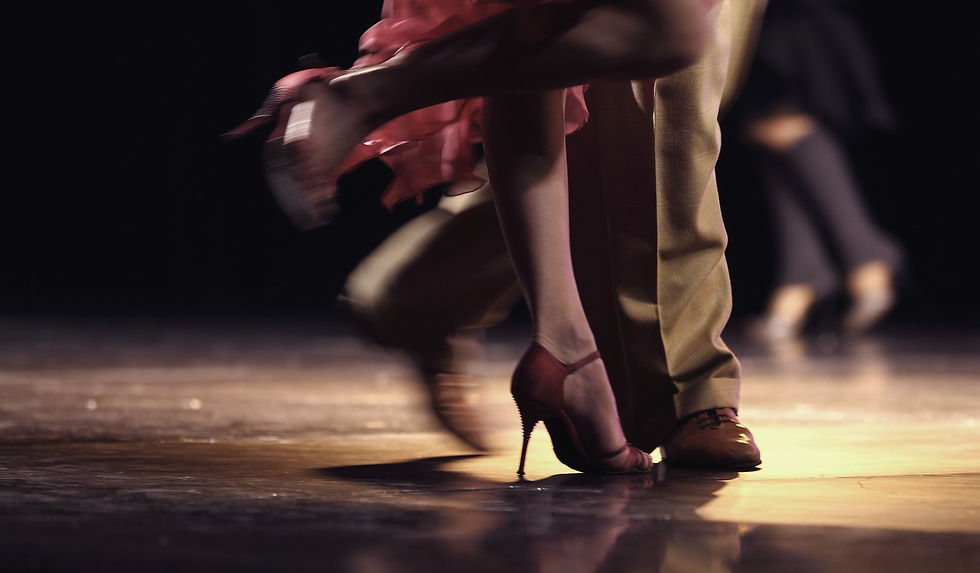
- You should not talk enthusiastically with your girlfriends during cortina or “stick” in gadgets. This is the time when they are looking for a new partner, and this is how you let people know that you have something to do besides dancing.
- When you arrive at the milonga, immediately change into your dance clothes and tango shoes. This will help partners understand that you are ready to dance.
Milonga is considered the soul of Argentine tango. This party allows people to relax, learn to express their feelings, improve technique. No wonder milongas are so popular all over the world. Milonga gives each participant a lot of positive emotions.
Milongas in St. Petersburg
Dance club "La Boca" is glad to see everyone at our milongas. Dance evenings are a vibrant cultural event where every guest feels at home. You can pre-take a few lessons from our teachers, each of them specializes mainly in Argentine tango and is constantly improving, even with international awards.


